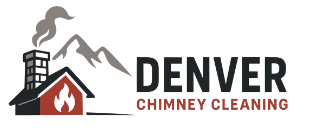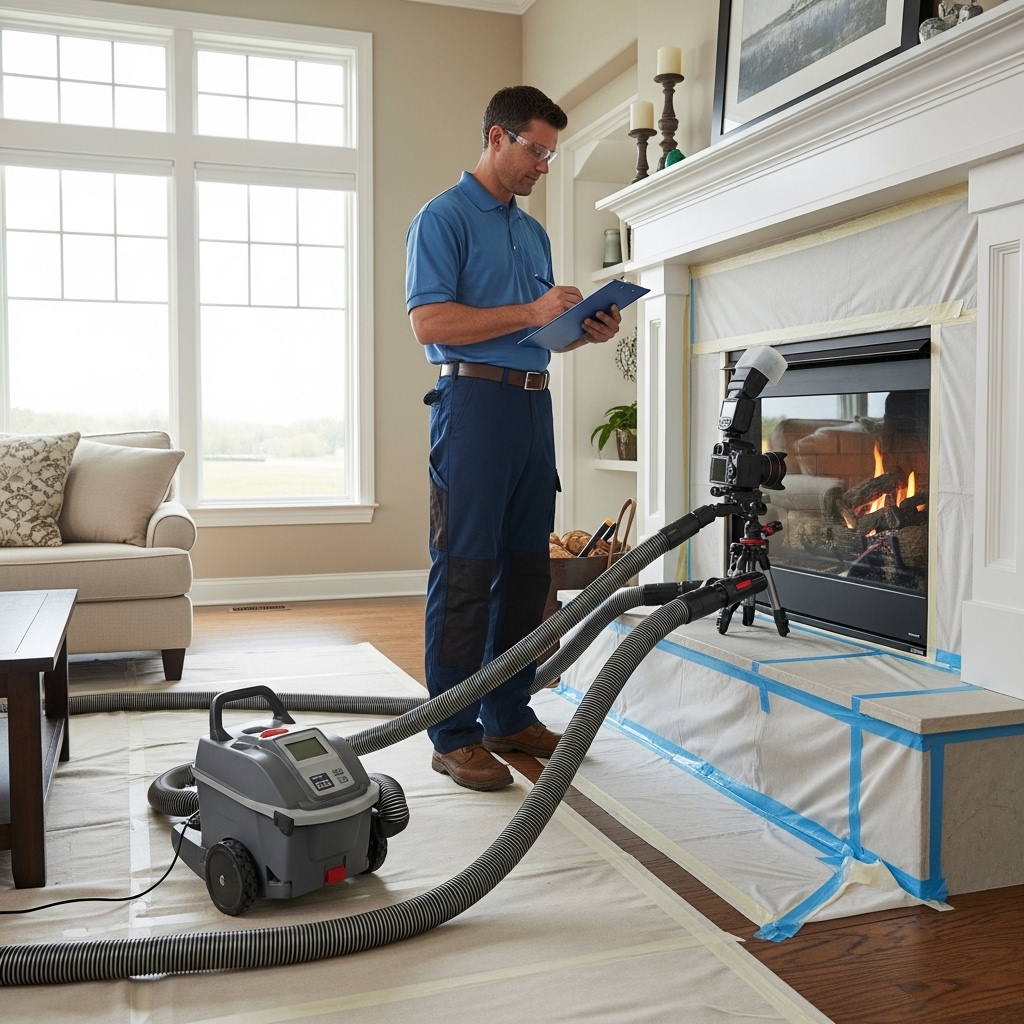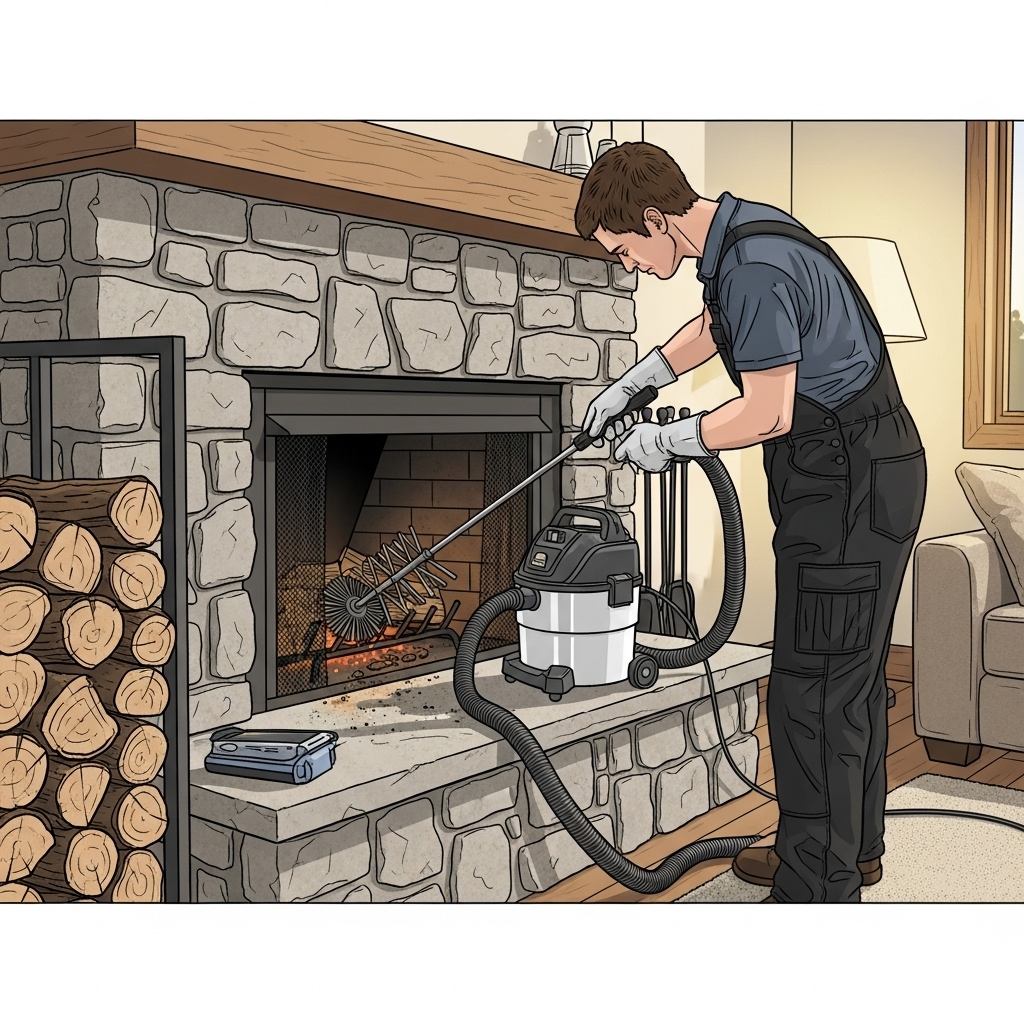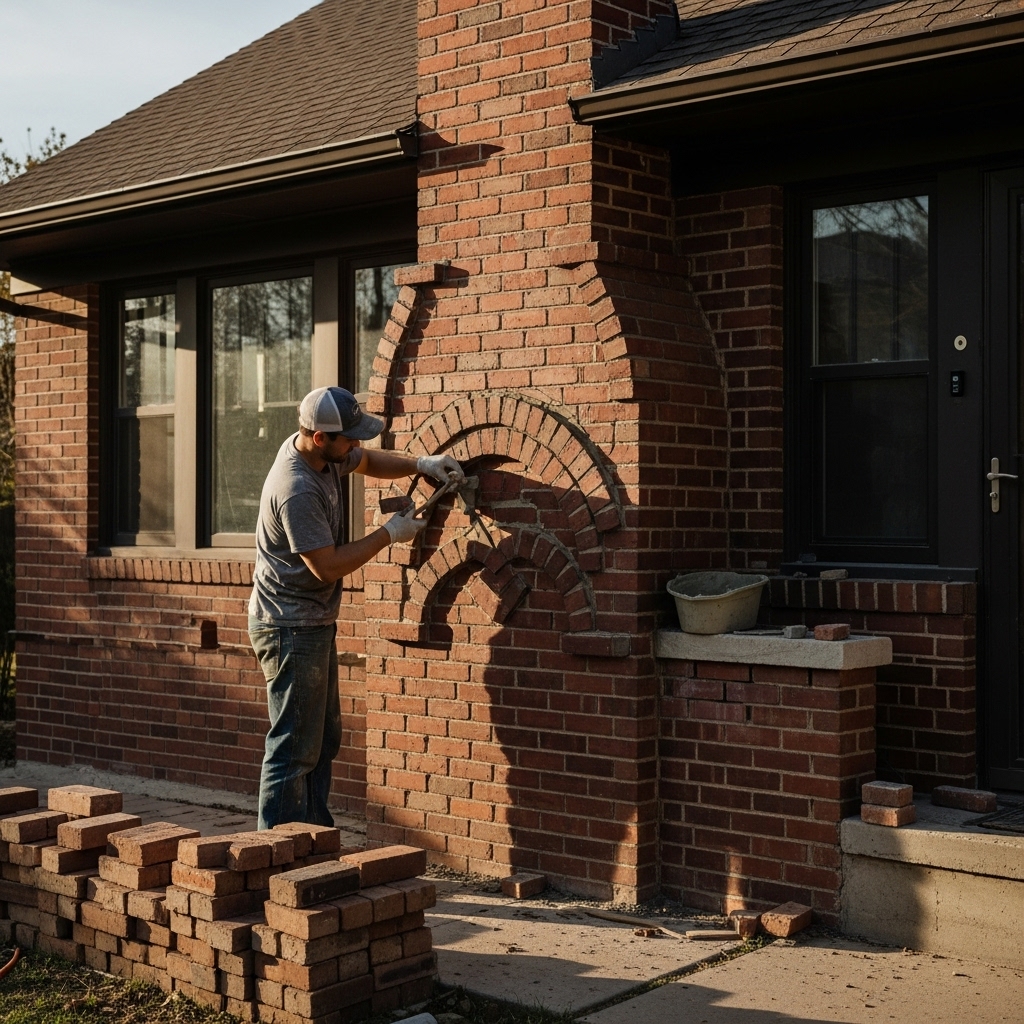Whether you use your fireplace every week during snow season or only a few times a year, an organized chimney sweep inspection is essential for safety and performance in Denver, Colorado. This checklist-style guide outlines what a thorough visit should include, how to prepare, and what to expect afterward. You will learn the important components technicians inspect from the firebox to the cap, how Denver’s weather affects maintenance, and how to read your report with confidence. If you want a dependable option from the start, look for a local provider known for careful chimney sweep work, comprehensive inspection steps, and photo-rich documentation.
Denver’s high altitude and variable weather introduce special considerations. Strong sun, sudden cold snaps, hail, and wind-driven snow all impact crowns, caps, flashing, and masonry. The right inspection rhythm helps you catch small issues early and maintain a safe, efficient system.
How to Prepare Before the Appointment
- Clear the hearth area and nearby surfaces so the technician can work efficiently.
- Avoid using the fireplace or stove before the visit to ensure surfaces are cool.
- Secure pets and discuss access with the office, including parking and roof entry.
- Ask what documentation you will receive and whether photos are included.
- Share your usage patterns and any symptoms such as odors, smoke, or debris.
Interior Inspection Checklist
A thorough inspection begins inside. The goal is to confirm safe operation, identify wear, and document conditions with photos and notes.
- Firebox: Check brick or panels for cracks, loose joints, and signs of overheating.
- Grate and hearth: Verify clearances and look for heat stress or staining.
- Damper: Confirm smooth operation and a proper seal when closed.
- Smoke chamber: Inspect transitions and surfaces for residue and defects.
- Flue: Evaluate condition, including tile integrity or liner health, and note residue type.
- Appliance connections: For inserts and stoves, confirm tight, correct connections and clearances.
- Surrounds and mantels: Check for heat damage and ensure combustible materials meet safe distances.
Exterior Inspection Checklist
Outside, technicians evaluate how weather and building details affect performance and longevity.
- Crown or chase cover: Look for cracks, pooling, rust, or improper slopes.
- Cap: Confirm proper fit, spark protection, and animal and debris exclusion.
- Flashing: Inspect for gaps, lifting, or damage that could allow moisture entry.
- Masonry or chase: Check mortar joints, bricks, siding, and seals for wear.
- Termination height and location: Consider draft, wind exposure, and nearby obstructions.
Cleaning and Containment Practices
Before any cleaning, a professional sets up floor protection and dust control. HEPA-filtered vacuums and sealed methods help keep soot and debris contained. Brushes, rods, and specialized tools are chosen for the system type, whether masonry or factory-built. Clear containment and methodical technique protect your home from start to finish.
Camera Inspections and Documentation
Camera inspections often reveal details that are not visible from the fireplace opening. Photos or video may show tile gaps, liner condition, or transitions needing attention. A strong provider shares images and explains what you are seeing in plain language. Good documentation empowers you to make informed decisions and track changes over time.
Denver-Specific Risk Factors
Freeze-thaw cycles can widen small cracks in crowns and masonry. Wind can drive precipitation into poorly protected terminations, and sun exposure accelerates wear on exterior components. Proper caps, crown designs, and flashing details help mitigate these risks. Local experience is invaluable in identifying patterns common to Denver neighborhoods and proposing targeted solutions.
Mid-Checklist Recommendation
If you are consolidating options and want a reliable, education-focused provider, consider a Denver team that specializes in comprehensive chimney sweeping services with clear, photo-driven reports. A methodical approach makes it easier to understand your system’s condition and plan sensible next steps.
Post-Inspection Report: How to Read It
After the visit, you should receive a summary highlighting the most important findings first. Look for a clear distinction between preventive recommendations and items that affect safety or performance. Photos should correspond to noted areas so you can see what was observed. Ask for clarification on any terms you do not recognize—good technicians are happy to explain.
Homeowner To-Do List After the Visit
- Review photos and notes, especially items marked as high priority.
- Schedule recommended follow-ups according to urgency and your usage plans.
- Adopt a maintenance rhythm that fits your household—often annually, adjusted for use.
- Monitor for new symptoms such as odors, smoke, or unusual noises from the chimney.
- Keep records so you can track changes year to year.
Common Questions to Ask Your Technician
- What are the top safety priorities you identified today?
- Can you show me photos of the flue, smoke chamber, and exterior components?
- Which recommendations are preventive versus time-sensitive?
- How do Denver’s weather patterns affect my specific system?
- What can I do between inspections to support safe operation?
FAQ
How often should inspections be scheduled? Many homeowners choose annual inspections, adjusting frequency based on how much they use the fireplace or stove and the type of fuel.
Is an inspection necessary for gas fireplaces? Yes. Venting and combustion should be verified for safety and efficiency, and components need checks for wear.
Will my home get dusty? With proper containment, floor protection, and HEPA vacuums, appointments should be tidy. Reputable providers treat your home with care from start to finish.
What if an issue is found? Expect clear explanations, photos, and prioritized recommendations. A good report helps you decide next steps confidently.
Do I need to be home? Being present is helpful for the walkthrough and to discuss findings, though policies vary; ask when you schedule.
Secure a Safer, Cleaner System
Take the guesswork out of fireplace and venting care with an organized inspection and a dependable provider. When you are ready to schedule, book with a trusted Denver chimney sweep and enjoy a well-documented, professional experience tailored to local conditions.




